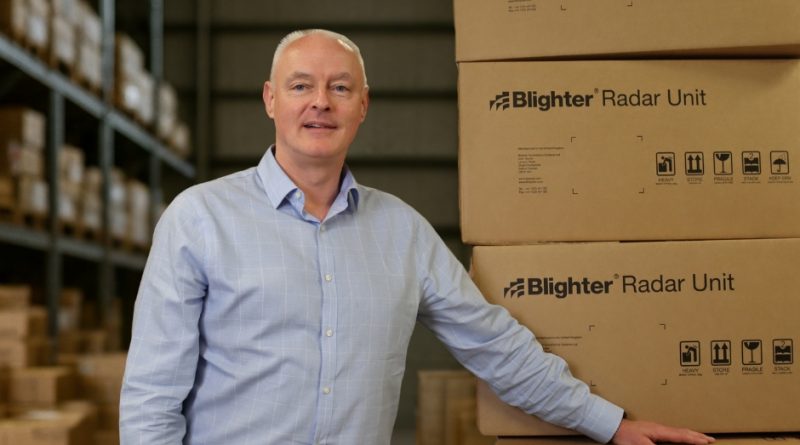Blighter Achieves Record £25m Order Book Following Border Surveillance Smart Radar Contract Wins
Multiple orders received in the last 12 months for Blighter’s ground-based border surveillance radars (fixed and mobile applications) from customers in Southeast Asia, the Middle East, North Africa, Central Europe, and the Five Eyes
· Blighter’s reputation enhanced by the success of its deployment of over one hundred Blighter B400 series solid-state, non-rotating, low-power, and near-zero maintenance electronic-scanning radar units along the 250km Korean Demilitarised Zone
Blighter has achieved a record £25 million in book orders in the last 12 months. This follows a series of contract wins from customers on three continents for its ground-based border surveillance radars for fixed and mobile surveillance applications.
In the Middle East and North Africa, Blighter secured contracts to deploy multiple long-range radars along extensive national borders. Two orders were for radars integrated into mobile surveillance vehicles, one in Southeast Asia and another to monitor a European Union land border. In addition, a Five Eyes customer ordered twenty-two ground surveillance radars for deployment on its armoured vehicles.
James Long, CEO at Blighter, says, “It has been a record-breaking 12 months for the company, with orders totalling more than £25 million for our border surveillance radars. This growth is being driven in part by the increasing geopolitical tensions and border disputes globally as governments look to monitor and secure their boundaries effectively from illegal crossings, smuggling, people trafficking, and other security breaches.
“However, our success is also fuelled by governments and homeland security experts understanding the compelling business case for investing in COTS-based electronic-scanning radars for border surveillance. The Korean Army’s deployment of around one hundred of our radar units on the 250km Korean Demilitarised Zone over a decade ago is testament to this.”
Blighter’s solid-state, non-rotating, low-power, and near-zero maintenance radars have been operational in South Korea since 2011. The radars provide a persistent surveillance capability along the DMZ in what is considered one of the world’s most mountainous countries. With environmental extremes of -30ºC in winter and a humid +40ºC in summer, they work 24 hours daily, 365 days a year, monitoring the four km-wide DMZ for any human, vehicle, or low-flying aircraft incursions.
“The DMZ has become an excellent reference site for the ultra-reliability and effectiveness of our ground movement radars,” says James Long. “We are confident that we can build on our sales success in the last 12 months by continuing to innovate and leveraging the growing number of reference sites – our radars are now operational in more than 40 countries.”
The Blighter B400 series radars are particularly well suited to national border surveillance applications with their long-range detection capability, 20º wide elevation beam, which provides simultaneous hill-top and valley coverage. The radars can detect tiny and slow targets such as a crawling person up to 6.4 km away, a walking person up to 15 km, and a vehicle at up to 32 km, even in cluttered environments.
Since introducing the world’s first non-rotating, solid-state, electronic-scanning, micro-Doppler ground radar in 2003, Blighter has continued to lead this market with ITAR-free 2D, 3D, and 4D radars and advanced AI (artificial intelligence)- assisted software to detect, track, and classify small and slow-moving threats in complex environments.
Pattern of life analysis is now used to enhance situational analysis and the speed and efficiency of threat detection. Blighter radars also feature Low-Probability-of-Intercept (LPI) waveforms and are designed for rugged operation at fixed and mobile locations and on the move. Blighter supports the local assembly of certain products to enable indigenous manufacture.

